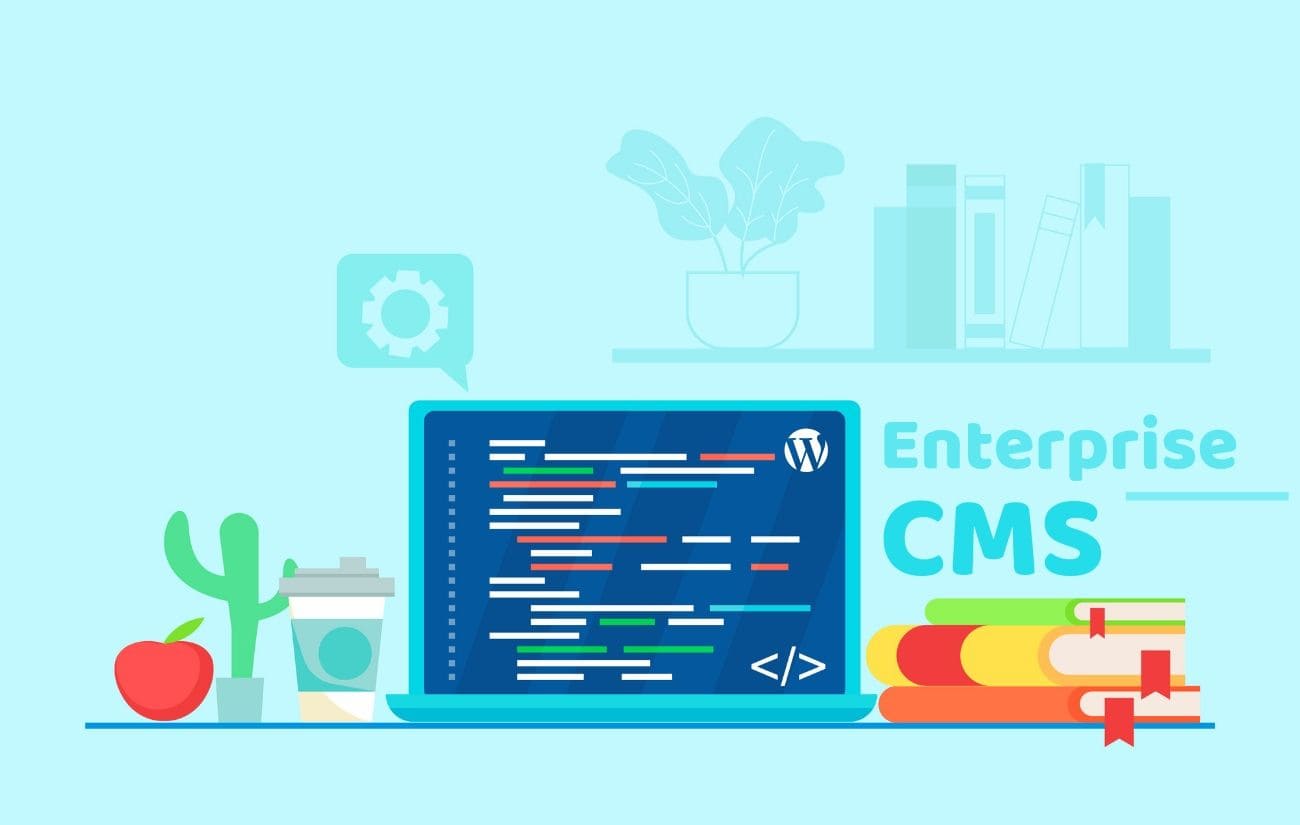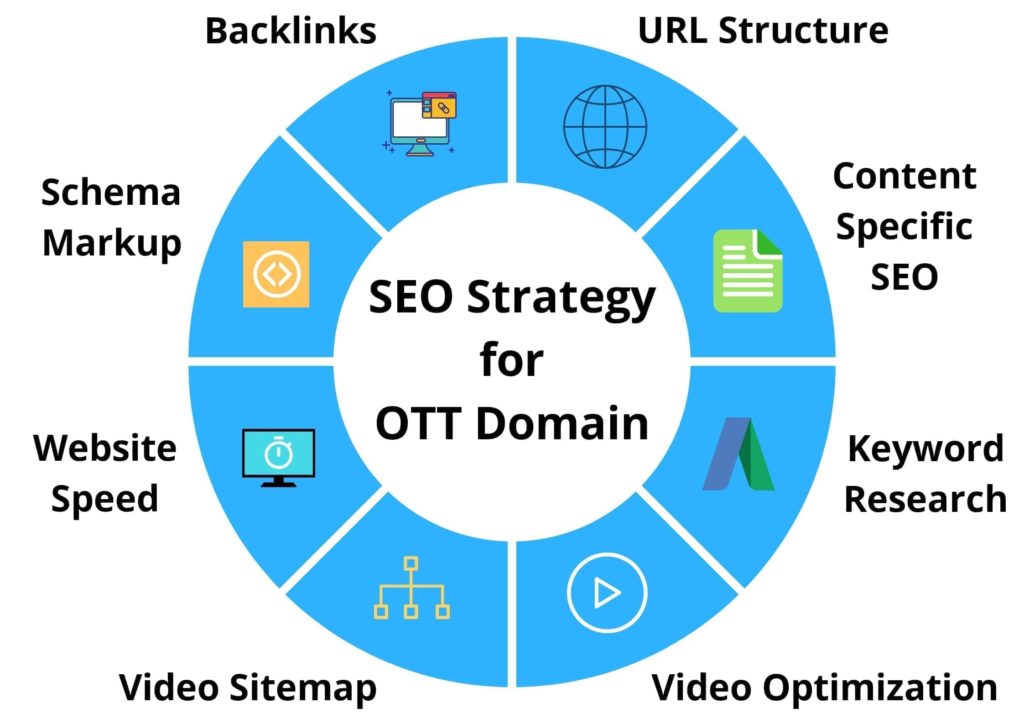
With a Shopify SEO guide, you can easily improve your online sales. Learn about Keyword research, Responsive design, ALT text, and Mobile SEO. And then, use this guide to outrank your competitors. Now is the time to start taking advantage of the platform's potential. Below are some tips. These will help your store be more visible. This article will help you get started.
Keyword research
Keyword research is an essential part of your first website. You'll discover hidden opportunities in your market and uncover new ways to boost traffic to your website. This can be done by doing a Google search of any keywords you are looking for. To find synonyms of popular keyphrases, you can also use a keyword search tool. The result is a list that includes dozens to hundreds of keywords you can use.
Responsive design
Your eCommerce marketing strategy should include responsive design. Search engines use time-onpage to determine site value. Mobile-friendliness plays a significant role in this. Google's ranking algorithm places importance on responsive design. In the current mobile landscape, 82% of web users use smartphones for online searches. Responsive design makes your eCommerce site compatible with all devices and improves conversions.
Text of ALT

Your keywords should be included in the alt text of your images. Keyword stuffing not only will give your customers a bad impression, but it will also harm your SEO efforts. Instead, try to give the true description of the image first and then insert your keyword somewhere else in the ALT text. Screen readers will interpret phrases like "picture ...,"" and this as spam. The file name must contain the name of your image and not a generic one.
Mobile SEO
You probably know the potential SEO benefits of Shopify. But if you're not sure how to improve your ranking, read this Shopify mobile SEO guide to see how you can outsmart your competition. Shopify SEO techniques not only increase visibility but also increase conversion rates and boost sales. To get started, sign up for a free trial. It's easy!
Backlinks
Backlinks are something you may have heard of. These are inbound links from other websites pointing to yours. These are inbound links from other websites that point to yours. ReferralCandy is one tool that helps you get this kind of word-of-mouth marketing on Shopify. But how do backlinks help your SEO efforts? These are some tips to help you shop on Shopify. Learn more about this powerful marketing tool.
Mobile visibility
Your SEO efforts must be mobile-friendly in order to get your store found by Google. Google has stated that mobile-first search will become the new standard for search results. If your website is not mobile-friendly, you'll lose your Google search rankings. Focus on creating a responsive design, and making sure SEO and UX work together to ensure mobile visibility. This Shopify SEO guide will teach you how to make a store mobile-friendly.
Mobile usability

Mobile useability is key to your success. Shopify estimates that 50% of ecommerce traffic comes via mobile devices. Mobile users will leave your website if you don't provide a mobile-optimized experience. Google Search Console has a section that considers mobile user experience. A mobile-friendly version of your site will increase your search rankings. Your store should also be mobile-friendly.
FAQ
What is an SEO Campaign?
An SEO campaign refers to a set of activities that improve the visibility of particular pages or domain names in search engines like Google and Yahoo. These activities include optimizing title tags, meta descriptions tags, URL structure and page content.
Search engine optimization campaigns often begin with keyword research. Keyword research identifies keywords likely to increase organic search traffic. Once keywords are identified and optimized on the website's homepage, each page must also be optimized.
What Should I Know About Backlinks
Backlinks can be links that point to a webpage via a link from another website. Search engines use them to find a webpage in search results. Backlinks are especially helpful because they show that someone else believes your content is valuable. If you want to rank highly in search results, you'll need many quality backlinks.
Where can you find your keywords?
The first thing you should do is think about what products or services are available and who your ideal customers are. Then, start to search for standard terms that relate to those items. Once you have your list of phrases in hand, you can use Google Keyword Planner tools to identify the phrases people search for. Or you can go straight to search engines like Bing or Yahoo.
Link Building can improve my rankings
Link building is the process for creating quality backlinks to your site. It is important to make sure that sites linking to yours have a relevant business purpose. The better the link, the more authoritative and unique it is.
Statistics
- Sean isn't alone… Blogger James Pearson recently axed hundreds of blog posts from his site… and his organic traffic increased by 30%: (backlinko.com)
- Deleting those 10k pages is one of the main reasons that he improved his site's organic traffic by nearly 90%: (backlinko.com)
- And 90%+ of these backlinks cite a specific stat from my post: (backlinko.com)
- If two people in 10 clicks go to your site as a result, that is a 20% CTR. (semrush.com)
- A 62.60% organic traffic boost to that page: (backlinko.com)
External Links
How To
How do I set up my first blog?
It's simple! WordPress is an excellent platform for creating a blog. The user can modify the look and feel of their blog easily by adding themes and changing fonts and colors. They can also add plugins that allow them to automatically change certain aspects of their website depending on visitor activity.
You can download many templates free of charge from WordPress.org. Premium templates cost money. Premium templates come with additional features such as extra pages, extra plugins, and advanced security.
Once you have downloaded the template you need to sign-up for a free account. This will allow you to upload files and maintain your blog. While many hosting providers offer free accounts, there are often limitations on how much space you have, how many domains can you host, and how many email addresses you can send.
If you decide to use more than one domain name, you'll also need to buy separate email addresses. Some hosts charge a monthly subscription fee.
It's easy to wonder why someone would pay to host a blog online, especially if you're just starting out with blogging. Most hosts offer unlimited storage space, meaning your files won't be deleted even if you accidentally delete them.
Many hosts let you host multiple domains. That means that you can have different websites under the same hosting plan. You can save money by not signing up for multiple email addresses, and you can maintain all of your sites using one interface.
Some hosts include social media sharing buttons on their dashboards, allowing visitors to share posts across the internet quickly and easily.
You can usually manage your blog through the tools offered by hosting providers. You can check your site's performance statistics, see how many visitors each post has received and compare your traffic to similar blogs.
These tools can make managing a blog easier and more effective, so you should look into them before choosing a hosting package.
To sum up:
-
Select a topic that is relevant to your business.
-
Create engaging content;
-
Optimize your site using SEO techniques;
-
Promote your site using social media channels;
-
Monitor your statistics regularly to make changes where necessary;
-
Don't forget to update the blog often.
The bottom line is to create great content, promote it effectively and measure its success.